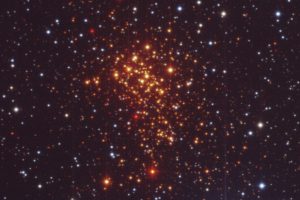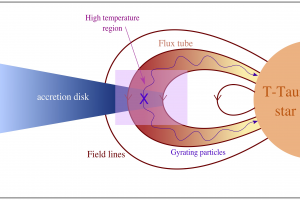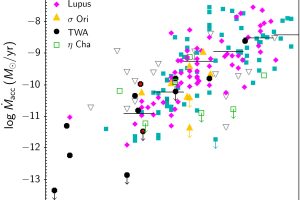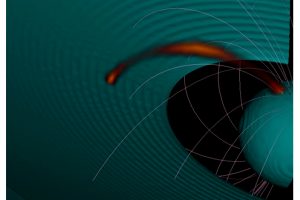The program “Testing protoplanetary disk evolution and brown dwarf formation in starburst: NIRCAM and MIRI observations of the young cluster Westerlund 1” of M. G. Guarcello (INAF – OAPA) is among the accepted proposals of the JWST Cycle 1

The James Webb Telescope (JWST) will be the most complex and powerful telescope ever launched into space. Built by a consortium formed by NASA, ESA, and the Canadian Space Agency (CSA), thanks to its primary mirror with a diameter of 6.5 meters (for comparison, the mirror of the Hubble Space Telescope has a diameter of 2.5 meters) and its four
» Read more


